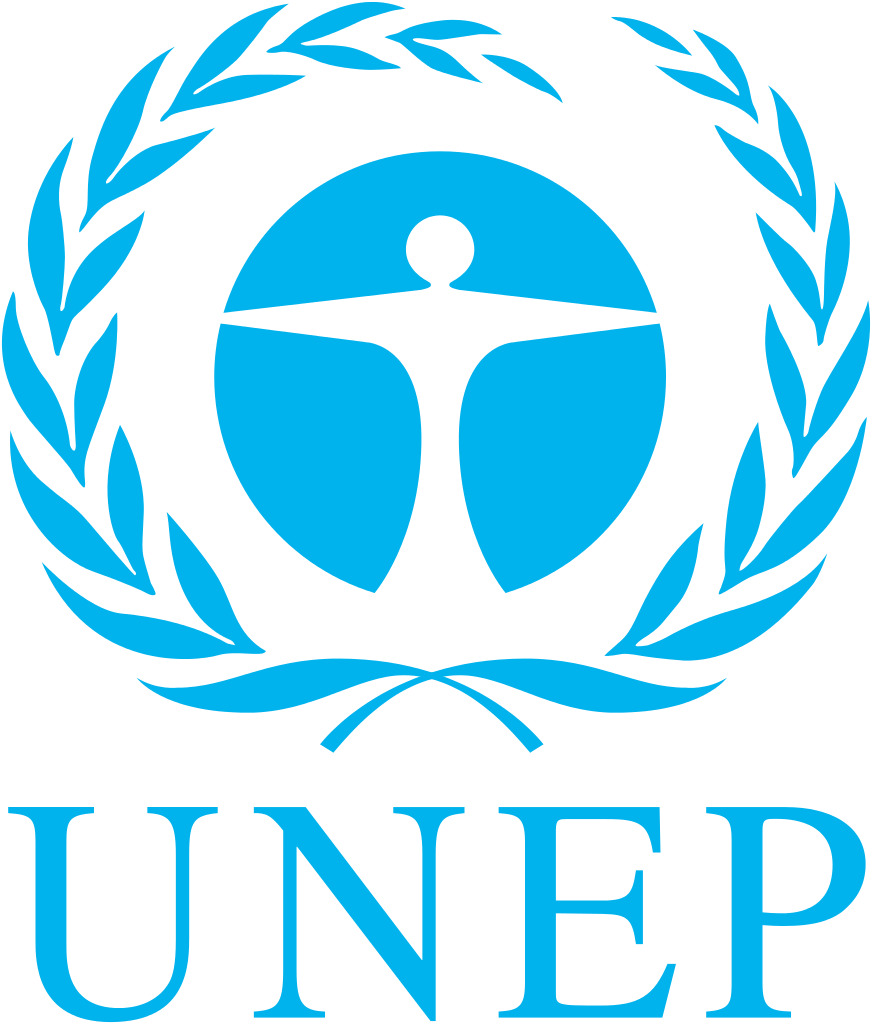Tool: Chemical Reactivity Evaluation Tool (RMT)
The Chemical Reactivity Evaluation Tool (RMT) can be used as an aid in identifying and evaulating chemical reactivity hazards so that they may be effectively avoided or controlled. It targets engineers, chemists, and management in SMEs having responsibilities relating to process safety and helps them:
- to identify most chemical reactivity hazards associated with their chemical processing and support operations;
- direct them to the Centre for Chemical Process Safety (CCPS) documentation and other references of the best chemical engineering practices for the identification of reactivity hazards.
- to put guidance for risk control into practice
The RMT applies to physical processing, chemical reactions and storage of chemicals and contains a database on over 5,000 chemicals.
| SMC Category | Hazard identification and risk assessment, Risk prevention and reduction |
| Subcategories | Hazard identification and chemicals risk assessment, Information and data assessing hazards and risks, Process safety assessment, Preventive measures |
| SME Activity | Product development and process design, Production, Storage |
| Resource Type | Downloadable programme |
| Author | American Institute of Chemical Engineers (AIChE) |
| Company type | Synthesis of substances, Formulation of chemicals |
| Year | 2012 |
| Link(s) |
http://www.aiche.org/ccps/resources/tools/reactivity-management-tool |
How to use it
Inputs
1) Chemical information :
- Chemical name, CAS #
- DOT information (US Department of Transportation). Available on SDS (class, pH (to determine acid or base))
- Physical properties
2) Process information:
- Limit area of application (process or unit)
- List of reactions to be evaluated
- Process conditions
- Vessel design specifications
3) Scenario developments
E.g. loss of utility, process variation or upsets, energy input variation, mechanical failure, inadvertent mixing, wrong material of construction, human errors
Outputs
1) Pure component reactivity hazard information
2) Warehouse segregation document
3) Reactivity evaluation document for
- Guidance on spontaneously self-reacting substances, oxidizers, peroxide former, water-reactive
- Heat of reaction
- Adiabatic temperature rise and MTSR (Maximum Temperature attainable by Synthesis Reaction); temperature of concern
- Maximum reaction pressure; pressure of concern
4) Guidance on establishing a chemical reactivity management system
| Learning time | High (>8h) |
| User expertise | Intermediate (scientific/engineering degree required/business management experience required) |
| User-friendliness | Easy to use |
| Advanced tool | Yes |
| Languages | English |

